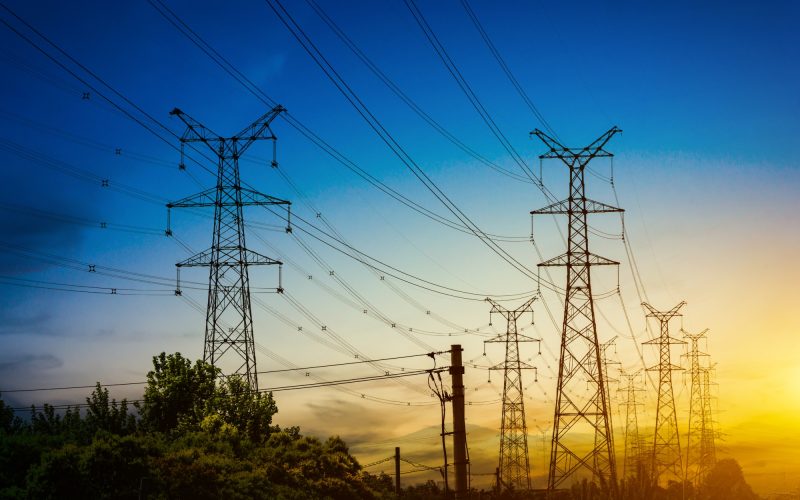The International Energy Agency (IEA) forecasts a significant acceleration in global electricity demand, projecting an annual growth rate of nearly 4% until 2027. This surge is primarily driven by emerging and developing economies, which are expected to account for approximately 85% of the increase.
China and India lead demand growth
China’s electricity consumption grew by an estimated 7% in 2024, with expectations of a 6% annual increase over the next three years. This growth is largely attributed to the country’s industrial sector and the electricity-intensive manufacturing of solar panels, batteries, electric vehicles, and related materials. Additional contributors include rising usage of air conditioning, data centres, and the expansion of 5G networks.
India is also a significant contributor, accounting for 10% of the global increase in electricity demand. This is due to robust economic activity and a growing need for air conditioning.
Advanced economies experience moderate growth
In advanced economies, such as the United States, electricity demand is expected to rise due to increasing electrification in transport, heating, and the expansion of data centres. However, the IEA has revised its outlook for the European Union downward, anticipating stalled demand growth until at least 2027, primarily due to weaker economic conditions.
Renewables set to surpass coal-fired generation
The expansion of low-emission energy sources, including renewables and nuclear power, is anticipated to offset the rising demand. Renewables are projected to surpass coal-fired generation by 2025, with solar energy becoming the second-largest low-emission source, following hydropower, by 2027.
Global shift towards an ‘age of electricity’
The IEA highlights that the world is entering a new “age of electricity,” with electricity usage growing at twice the rate of overall energy demand, led by China. Electricity demand is expected to rise six times faster than overall energy consumption between 2023 and 2035.
This transition is attributed to the climate crisis, with more people using air conditioning to combat extreme temperatures, and economies shifting from fossil fuels to cleaner energy. Governments are moving towards electricity-based solutions for transport, heating, and heavy industry, and data centres powering artificial intelligence may also significantly contribute to energy demand.
Despite the rapid growth in renewables, clean energy sources haven’t kept up with the increasing power demand. However, under current policies, the IEA predicts that by 2030, the growth in clean energy sources like renewables and nuclear will outpace power consumption increases by 20%. The IEA emphasizes the need for more investment in clean electricity to realize the cost, security, and climate benefits of electrification. Experts caution that without increased investment, reliance on coal and gas could remain at high levels, underscoring the necessity for the age of electricity to also become the age of clean electricity.





















